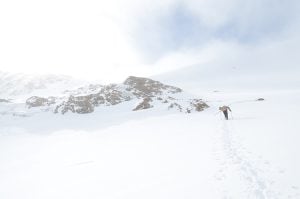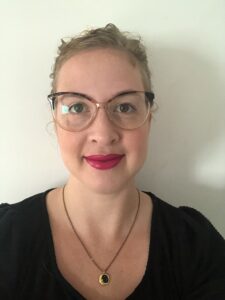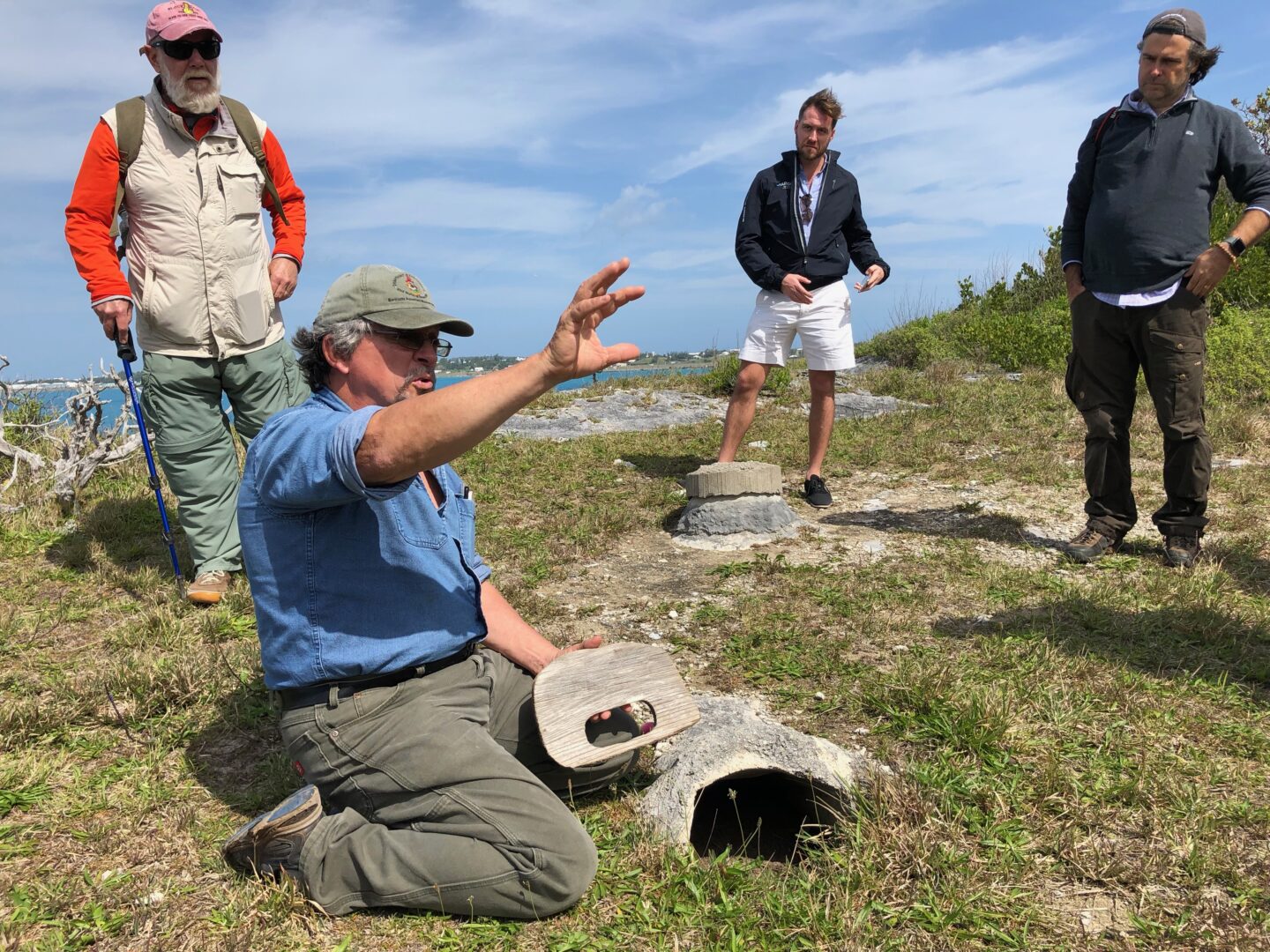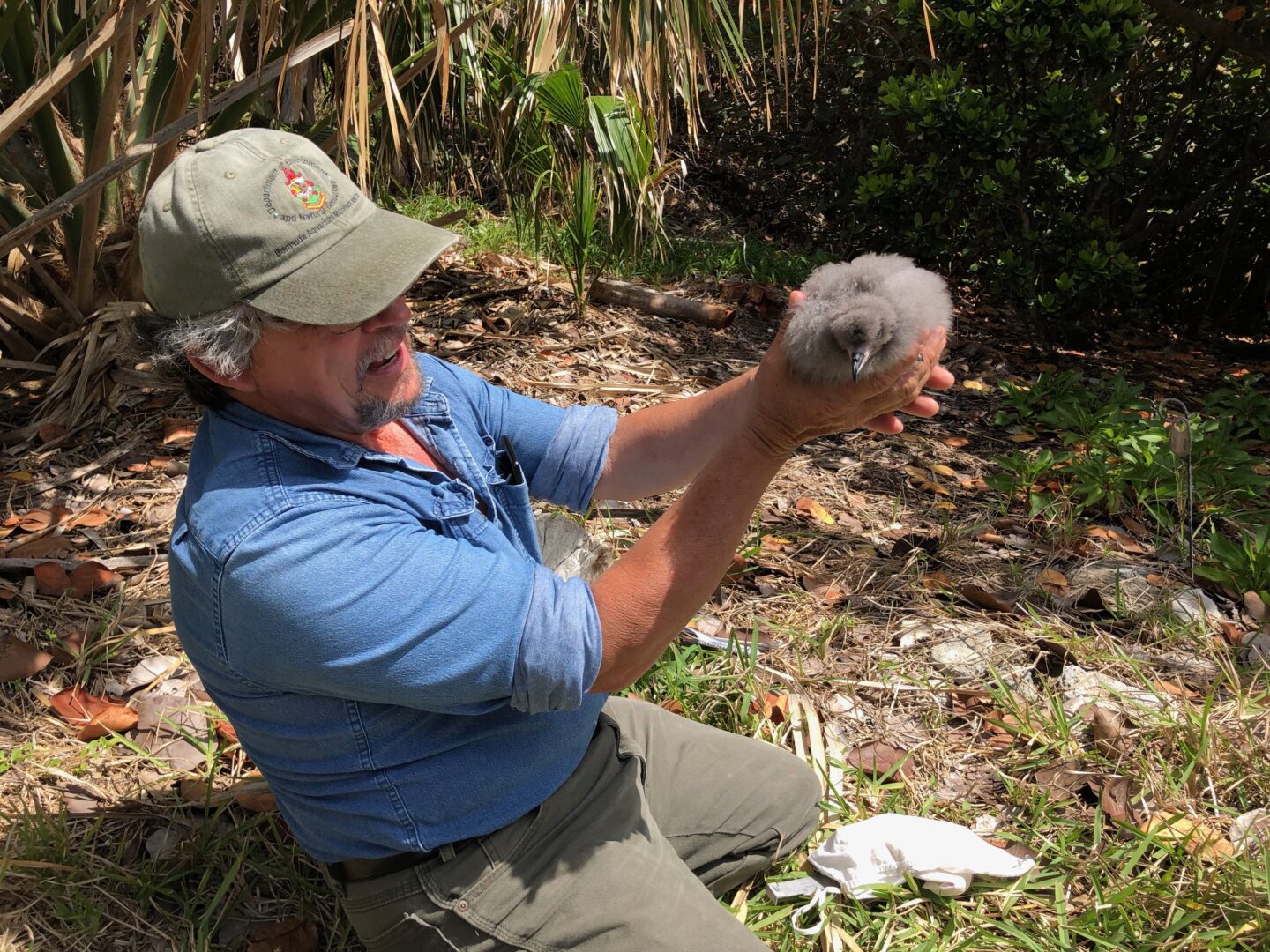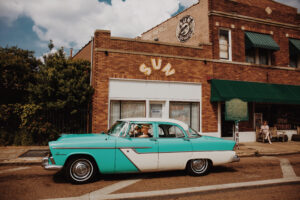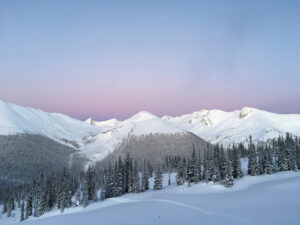Outside of Bermuda, most people have probably never heard of the little seabird that Madeiros has dedicated much of his career to managing, but the cahow is part of Bermudan history (it also happens to be the country’s national bird). When Spanish sailors stumbled upon the North Atlantic island surrounded by ship-wrecking reefs in the 16th century, they were spooked by strange sounds coming from shore. It was the cahows, which were numerous throughout the Bermuda mainland at the time. The birds’ vocalizations were so eerie, the sailors decided the island must be inhabited by demons and nicknamed Bermuda the ‘Isle of Devils.’
While the Spanish didn’t stay long, they did leave a few hogs on the mainland. By the time the British arrived and colonized Bermuda in the 1600s, those hogs had wiped out as much as 90 per cent of the cahow population, and all of their breeding grounds on the mainland (cahows nest in burrows on the ground). The rest of the cahow population was wiped out by the British (cahows were an easy meal), along with the rats, cats and dogs they brought with them. By 1620, the cahow was thought to have gone extinct — and it stayed that way for more than 300 years.
The cahow is one of just 11 “Lazarus species” in the world, so-called because they “came back to life” from extinction. In 1951, David Wingate, Bermuda’s first conservation officer and Jeremy Madeiros’ predecessor, along with Robert Cushman-Murphy of the American Museum of Natural History, and Louis B. Mowbray, curator of the Bermuda Aquarium, found a tiny cahow population of just 18 breeding pairs on a smattering of tiny, razor blade-sharp islets in Castle Harbour. That prompted Wingate to start the Cahow Recovery Project, one of the world’s first long-term species management, research and recovery programs, in 1962 on three islets. Madeiros took the reins in 2000, and in 2004, after hurricane surges threatened the birds once again, he decided to establish a new colony on nearby Nonsuch Island, which offers much larger and more sheltered breeding grounds.
“The first pair nested on Nonsuch in 2009, and now we’re up to 22 pairs, so Nonsuch is rapidly become the second largest nesting colony,” says Madeiros, adding with a smile, “It’s one of the most successful examples of low-cost government housing.”
In the past 19 years, the entire cahow population on Nonsuch and the other Castle Harbour islands has swelled to 131 pairs — no small feat for birds that lay just one egg per year.
